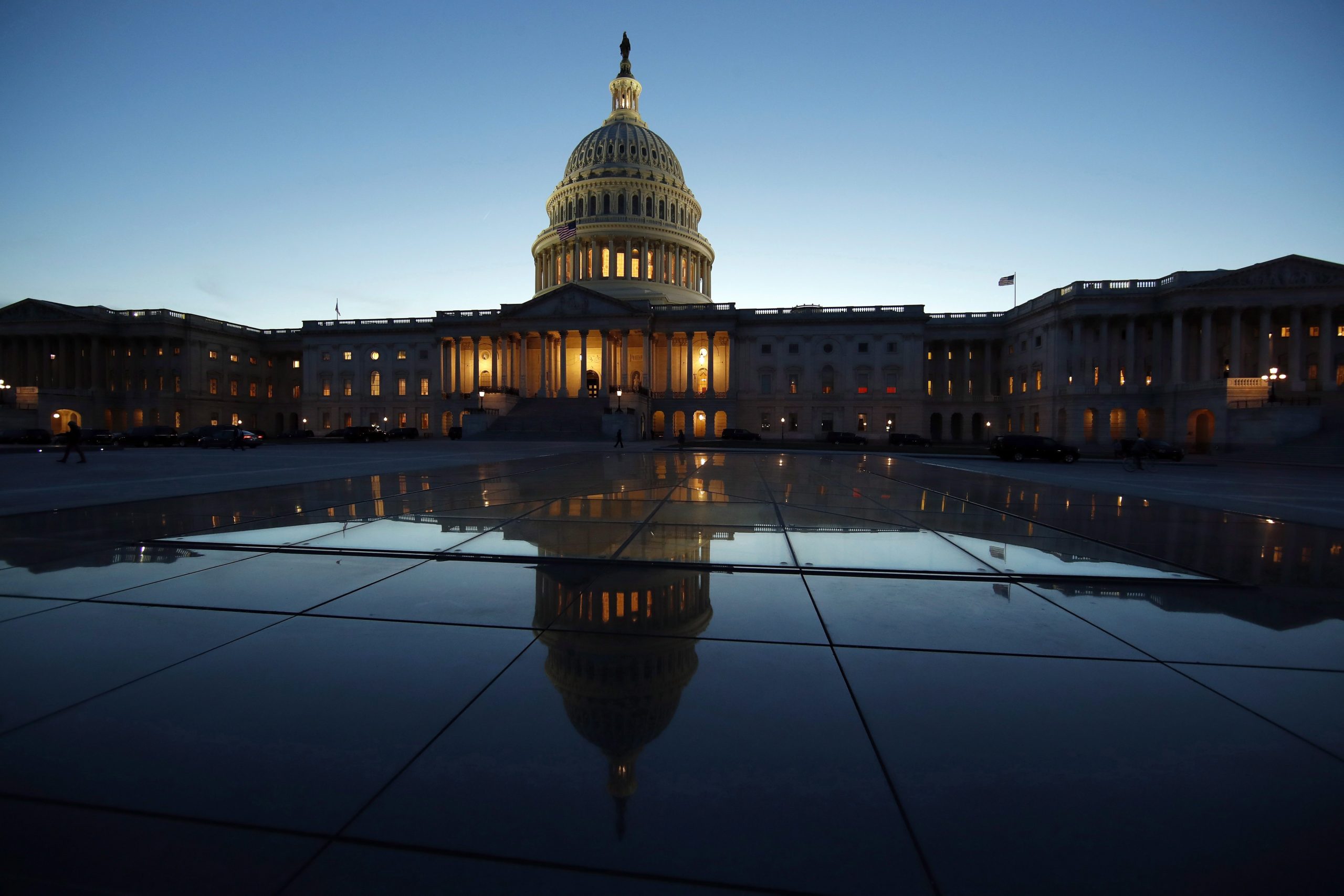WASHINGTON — The confluence of a pandemic, a raucous civil-rights movement, an economy on the brink and a stubborn, deeply divided electorate: experts call it a “perfect storm” of conditions in which to sow the seeds of disinformation and partisan strife in the United States.
Too perfect, in fact.
Given the hard lessons of the 2016 U.S. election, it’s safe to assume that bad actors, foreign and domestic alike, are already hard at work trying to take full advantage of the discord, said Jed Willard, a Harvard University expert on information warfare.
But much of the work is being done for them — partisan battles over masks, economic lockdowns and Black Lives Matter protests, inflamed by joblessness and uncertainty, have ripped more holes in America’s social fabric than any disinformation peddlers could ever hope to do themselves.
“On masking, it is extremely silly, it’s extremely dangerous,” Willard said of the culture clash that has divided Americans over wearing face coverings to protect against the spread of COVID-19.
It’s also extremely outlandish and implausible — too much so, in fact, for foreign disinformation agents in Russia and China. They have focused more on convincing westerners the virus is a man-made bioweapon, a storyline that never took root despite its familiar, Hollywood-friendly frame.
“What happened in the United States is that our own domestic misinformation was so much more effective at exploiting the real divisions in our society, that the foreign actors just amplified it,” Willard said.
“They didn’t bother pushing their master narratives, which is weird for them. They just went with what we were already doing to ourselves.”
On cue, straight from the stranger-than-fiction files came Rep. Louie Gohmert, an anti-mask Republican from Texas who tested positive last week for the “Wuhan virus,” then promptly blamed his diagnosis on having been forced to wear a face-covering to do his job on Capitol Hill.
“I’ve worn a mask in the last week or two more than I have in the last four months,” constantly fiddling with it for comfort, Gohmert said on Twitter. “I can’t help but wonder if that put some germs in the mask.”
Gabrielle Lim, a researcher with the Technology and Social Change Project at Harvard’s Shorenstein Center, spends her time looking for ways disinformation aimed at undermining democracy is being injected into the U.S. public discourse.
For her team, the politicization of masks has been just another day at the office.
“Things are so weird already that this didn’t seem bizarre,” Lim said. “It’s sad that it’s become a weirdly partisan issue when it should never have been a partisan issue. And now, it’s become a lightning rod for people to state which side of the aisle they’re on.”
But there’s an upside, she added: it’s harder for foreign actors to actually disrupt anything that’s already so disrupted.
“Evidence of activity is not evidence of impact,” Lim said. “It’s really, really hard to figure out what the actual impact is.”
That won’t stop trolls from trying, U.S. officials warn.
“The coronavirus pandemic and recent protests … continue to serve as fodder for foreign influence and disinformation efforts in America,” William Evanina, director of the National Counterintelligence and Security Center, warned last month.
“Foreign nations continue to use influence measures in social and traditional media in an effort to sway U.S. voters’ preferences and perspectives, to shift U.S. policies, to increase discord and to undermine confidence in our democratic process.”
So, too, however, does Trump himself, who suggested for the first time publicly Thursday that the November contest be delayed “until people can properly, securely and safely vote.”
The president, of course, lacks the power to do any such thing. But that hasn’t stopped him before — indeed, Trump and his followers have proven powerful agents of disinformation since long before he moved into the White House.
Back in May, it was largely domestic Trump supporters and pro-gun groups in the U.S. who lured Americans out of their homes and into the streets, where they massed in front of state legislatures to demand the right to resume their lives and open their businesses, COVID-19 be damned.
Such plain-sight domestic discord obscures foreign interference happening in real time, particularly when the agents of that interference are so practised at making it blend with authentic public discourse — successfully winning credible media coverage, for instance.
In her 2018 book “Cyberwar: How Russian Hackers and Trolls Helped Elect a President,” University of Pennsylvania communications professor Kathleen Hall Jamieson documented Russia’s 2016 efforts, successful ones, she concludes, to sway the election that put Trump in office.
And they were busy long before that election year, working to alter discourse in the U.S. on issues fraught with potential for conspiracy theorists — genetically modified organisms, vaccination and the next-generation cellphone technology known as 5G, to name a few, she said.
“Where do I assume they are right now? I assume they’re feeding conspiracy theories about vaccination to discredit a U.S. (COVID-19) vaccine. But do I know that? No,” Jamieson said in an interview.
“Do I assume it’s likely given their past behaviour? Yes. Do I assume they’re probably feeding conspiracy theories about 5G? Yes. Anyplace they can discredit something that is a U.S.-based technology, they will be trying to do it because it’s in their country’s self-interest.”
It’s a new Cold War, she said, with Russia, China and Iran as the principal antagonists. Like the virus itself, the threat is extremely insidious and largely invisible, making it difficult to mobilize Americans against it.
“We can’t really see it, so it’s hard to imagine the effect it can have on us,” Jamieson said.
“That’s part of the problem of explaining why it is that the Russian intervention in 2016 probably did shape enough votes to change the outcome. They didn’t push the levers … They changed minds.”
This report by The Canadian Press was first published Aug. 2, 2020.
— Follow James McCarten on Twitter @CdnPressStyle
James McCarten, The Canadian Press














